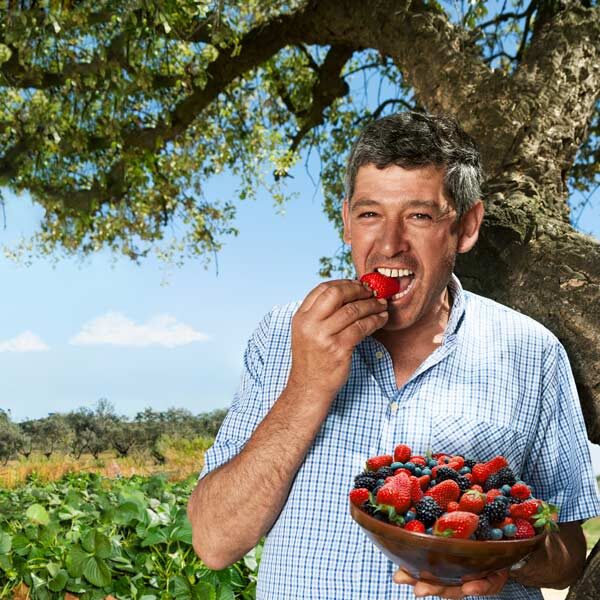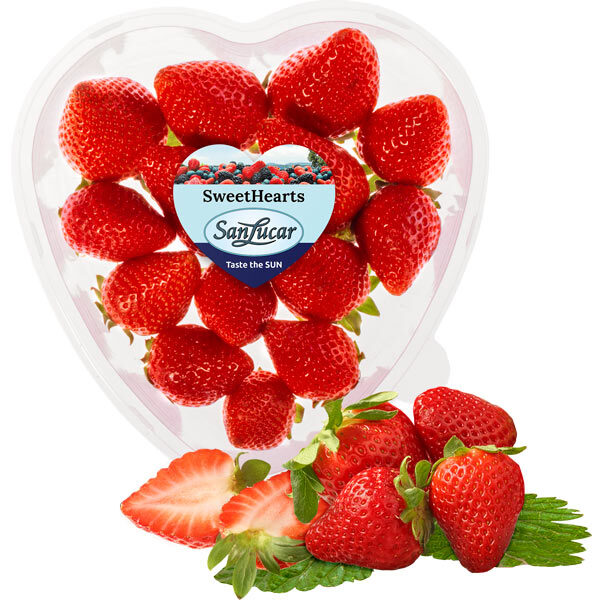When midsummer – with all its amazing warmth – falls over the land, the most delicious raspberries, blueberries, blackberries and currants ripen on our bushes. They shimmer between the leaves in the most beautiful shades of red, violet, pink and blue. But of course, berries are not only an optical ornament. They taste wonderfully delicious, have little sugar in them, are suitable for the a wide range of dishes and keep us fit. In spite of their small size, they have a whole lot to offer.
Blue, red, violet and pink – it’s the colour that counts
Besides many vitamins and minerals, berries contain valuable anthocyanins. These water-soluble plant dyes with the difficult to pronounce name are found in almost all higher plants. They color fruits and flowers blue, violet or red. But anthocyanins can do much more than make fruit and flowers pretty. They are also extremely useful for us humans.

In fruits, the anthocyanins in the skin absorb the UV light. In this way, they prevent damage to the proteins, the genetic material and the cell nucleus.
They also bind free radicals, i.e. aggressive, destructive oxygen compounds and protect the plant from so-called oxidative stress. Quite complicated, isn’t it!



Leave a comment